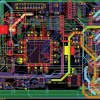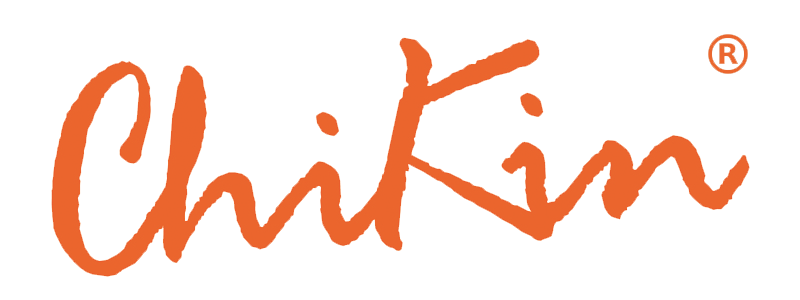Global PCB Market Develop Trend
Nov 02, 2022
Global PCB Market Develop Trend
Rigid board is the main product type currently
The global printed circuit board market segment is mainly concentrated on the main product types of single-sided, double-sided, multi-layer boards, HDI, packaging substrates, and flexible boards. From 2016 to 2021, in the global printed circuit board market, rigid boards still occupy the mainstream position, and single-sided, double-sided and multi-layer boards belong to rigid boards. Among them, multi-layer boards account for about 39% in 2021, while single/double-sided boards account for more than 10%; followed by flexible boards, accounting for 17%; HDI boards and packaging substrates account for about 15% and 18%, respectively. With the vigorous development of technology in the electronic circuit industry, electronic products have more prominent requirements for high-density PCBs. In the next five years, driven by data processing centers, packaging substrates and multi-layer boards will grow rapidly.
Asian local PCB industry is booming
According to Prismark, Asian companies entering the top 20 PCB manufacturers in the world in 2021 occupy a larger share, including 9 companies in Taiwan, 3 in mainland China, 4 in Japan, 2 in South Korea, 1 in the United States and 1 in Austria. The output value of the top 20 PCB manufacturers in the world is above 1.2 billion US dollars. Therefore, the global PCB industry is currently developing well.The focus of the global PCB industry is currently in the Asian regional market, and the local PCB industry in Asia is developing rapidly.
Communication and computers are the main application fields
According to Prismark data, among the market share of the global printed circuit board industry application field from 2016 to 2021, the market share of advanced communications and computers fluctuates around 70% throughout the year, and the downstream market demand for consumer electronics and automotive electronics remains stable and fluctuating. On the whole, the current application fields of the global PCB industry are mainly advanced communications and computers. In recent years, electronic products and technologies have become more and more high-end and advanced. At the same time, the gradual popularization of 5G, Internet of Things, and cloud storage will stimulate the market demand for high-performance, high-capacity communication equipment and servers. Therefore, the automotive electronics and consumer electronics markets have great potential for development in the future, and the application of PCBs in advanced communications and computer fields will be more in-depth.
Note: The advanced communication field includes: mobile phone, wired infrastructure, wireless infrastructure. The computer field includes: PC, server/storage, and other computers.
Future PCB market size will exceed 100 billion US dollars
According to Prismark's forecast, the global PCB market will maintain moderate growth in the next five years, and the Internet of Things, automotive electronics, Industry 4.0, cloud servers, and storage devices will become new directions driving the growth of PCB demand. In 2027, the global printed circuit board market size will exceed 100 billion US dollars, with an average annual compound growth rate of nearly 5%.
Four major development trends in the global PCB market
Prismark predicts that in the next five years, Asia will continue to dominate the development of the global PCB market, and China will occupy an unshakable central position in the Asian market.
Under the trend of "large-scale and centralized" PCB companies, large-scale PCB companies that have established their leading advantages earlier will gain greater advantages in the future global market competition.
In terms of product types, the PCB industry is the industry with the largest output value in the global electronic component subdivision industry. With the deepening of research and development and the continuous upgrading of technology, PCB products are gradually developing in the direction of high density, small aperture, large capacity, and thinness.
In terms of downstream applications, under the background of the current global economic recovery, the demand in the communication electronics industry is relatively stable, the consumer electronics industry is frequently hot, and new demand in downstream markets such as automotive electronics and medical devices has begun to explode.

Recent Posts

October 26, 2016
The Most Successful Engineering Contractor
May 12, 2025
China PCB Drilling Routing machine Development
May 06, 2025
PCB Design Process and Key Points




